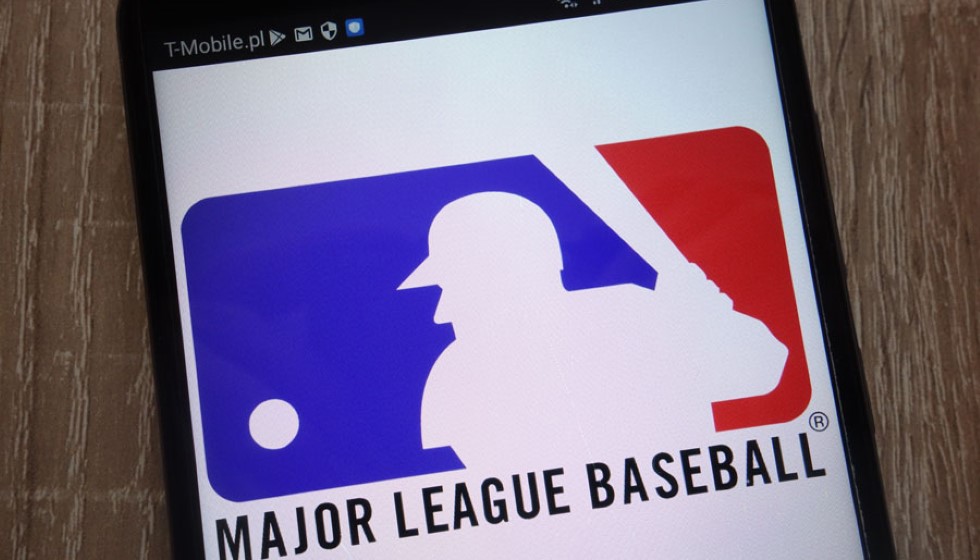
The dawn of 2025 heralds substantial changes in the baseball landscape as teams across the league set their sights on restructuring and revitalizing their rosters. With seven of the top 10 and 25 of the top 50 free agents already secured, movement in the market has been brisk and strategic.
Cardinals Entering a "Reset" Phase
One of the most notable impacts has been felt by the St. Louis Cardinals, who are embarking on a "reset" phase, reevaluating their strategic direction and player composition. This shift includes addressing key decisions around star player Nolan Arenado, who remains an intricate part of their plans. Despite a lucrative contract commitment of $64 million over the next three years, Arenado blocked a trade during the offseason, indicating his reluctance to part ways with the Cardinals—at least for now. However, circumstances suggest that Arenado might entertain a switch to first base if it facilitates a favorable trade scenario.
Financial Dynamics and Player Movements
Amidst the reshuffling, financial commitments are under the spotlight. For instance, Sonny Gray carries a contract value of $65 million over two years, underscoring the significant investments franchises are making to secure top talent. Contrast this with Jordan Montgomery, who opted to activate a player option, securing his place at $22.5 million in 2025.
In a landscape where financial maneuverings and player positioning intersect significantly, arbitration continues to play a crucial role for players like Luis Arraez and Dylan Cease, both projected to earn $14 million via this process. The transactional narrative becomes even more layered with updates like Corbin Burnes’s recent signing, prompting a reevaluation of expected rotations across involved teams.
Padres' Payroll and Legacy
The Padres, grappling with the aftermath of owner Peter Seidler's passing in late 2023, find themselves with a competitive balance tax payroll estimated at $248 million for 2025. This figure indicates the financial and strategic pressures the Padres face in maintaining a competitive team post-Seidler, as they navigate both a high payroll and the emotional legacy left by their former owner.
Inter-Team Trades and Developments
Looking at inter-team dynamics, the trade landscape has seen significant actions such as the Corbin Burnes trade on February 1 last year and the impactful Luis Arraez/Pablo López deal from two years prior. These transactions continue to reverberate through the league, influencing team strategies and rotations significantly.
Meanwhile, the Twins face unique challenges tied to the broader financial ecosystem of the sport, notably due to ramifications stemming from the Diamond Sports Group bankruptcy. This exemplifies how off-field developments continue to have substantial on-field consequences.
Emerging Talent and Future Prospects
Amidst these strategic and financial shifts, new talent is emerging to make its mark. Brett Baty, at 25 years old, represents the youthful vigor and potential that teams are banking on to invigorate their rosters. As seasoned talent takes on new contracts and roles, players like Baty are poised to influence their teams' dynamics meaningfully.
Adding further complexity to potential transactions, Marcus Stroman’s $18 million contract for 2025, devoid of no-trade protection, alongside Ryan Pressly’s $14 million price tag reinforced by a no-trade clause, showcases the nuanced negotiation landscapes teams must navigate.
As franchises strategize their next moves, a sentiment echoed by Ken Kendrick captures the essence of these pivotal changes: "Biggest mistake this season from a talent standpoint." Such reflections remind teams of the ever-present risks in navigating the high-stakes environment of Major League Baseball, where strategic oversight and sharp contractual acumen are essential in crafting a championship-contending team.
While the season is young, the groundwork laid in these early months will undoubtedly shape the competitive horizon of 2025 and beyond, as teams resolve to strike a balance between financial viability and on-field success.